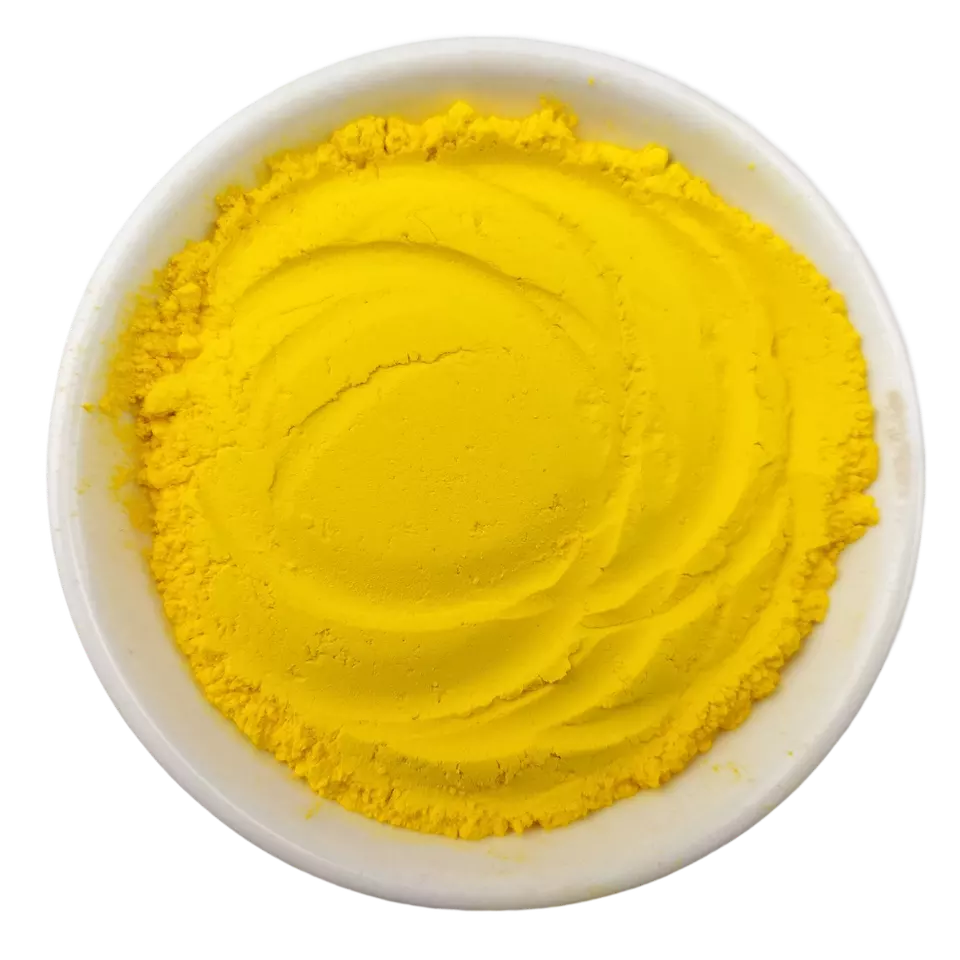
Dec . 01, 2024 20:31 Back to list
china titanium dioxide formula
Understanding the Chemistry and Applications of Titanium Dioxide in China
Titanium dioxide (TiO2) is an incredibly versatile compound renowned for its unique properties, including high refractive index, excellent UV light absorption, and chemical stability. This article delves into the structure, synthesis, and applications of titanium dioxide, particularly focusing on its significance within the context of China, a major player in its production and utilization.
The Chemical Structure of Titanium Dioxide
Titanium dioxide is composed of titanium and oxygen, with its chemical formula denoting the ratio of these elements. In the solid-state, TiO2 can crystallize in different forms, the most common being anatase, rutile, and brookite. Among these, rutile is the most stable and widely used form due to its superior optical properties and higher durability. The crystal structure, particularly in the rutile form, offers a high refractive index which is a primary reason for its extensive use in pigments.
Synthesis of Titanium Dioxide
The production of titanium dioxide can be achieved through several methods, including the sulfate and chloride processes. The sulfate process involves treating titanium ore with sulfuric acid, leading to the formation of titanium sulfate, which is subsequently calcinated to produce TiO2. In contrast, the chloride method uses titanium tetrachloride, obtained from the chlorination of titanium ores. This method tends to produce a purer product with fewer impurities, rendering it more suitable for high-end applications.
China has emerged as a leading producer of titanium dioxide, utilizing both processes across various manufacturing facilities. The country’s vast titanium ore reserves and advanced technological capabilities have facilitated the scaling of production to meet domestic and international demands.
Applications of Titanium Dioxide
1. Pigments and Coatings One of the most prominent applications of titanium dioxide is as a pigment in paints, coatings, and plastics. Its ability to reflect visible light makes it an excellent whitening agent, and its high opacity allows it to cover underlying colors effectively. China’s booming construction and manufacturing industries significantly contribute to the demand for titanium dioxide-based paints and coatings.
china titanium dioxide formula

2. Cosmetics and Sunscreen Titanium dioxide is a critical ingredient in many personal care products, particularly in sunscreen formulations. Its UV filtering properties protect the skin from harmful radiation. As consumers become more health-conscious and seek effective sun protection, the demand for titanium dioxide in cosmetics has surged. China’s growing beauty industry has subsequently increased the need for high-quality titanium dioxide.
3. Food Industry In certain food products, titanium dioxide is used as a food additive (E171) to enhance color and opacity. However, recent scrutiny regarding the safety of its consumption has led to regulatory changes and debates on its use in various markets, including China.
4. Photocatalysis Titanium dioxide's photocatalytic properties have garnered attention for environmental applications, such as air and water purification. In the presence of UV light, TiO2 can break down organic pollutants, making it valuable in addressing environmental challenges. This application aligns with China’s commitment to improving air quality and reducing pollution.
5. Nanotechnology The exploration of titanium dioxide nanoparticles has opened up new avenues in various fields, including electronics and medicine. The unique properties of these nanoparticles allow for advancements in drug delivery systems and the development of more efficient solar cells.
Challenges and Future Directions
Despite its widespread application and advantages, the production and use of titanium dioxide are not without challenges. Environmental concerns arise from the mining of titanium ores and the processing chemicals used in its production. Moreover, the safety of nanoparticles, particularly their potential health implications, continues to be a topic of research and regulatory scrutiny.
Looking to the future, innovation in cleaner production techniques and alternative sources of titanium dioxide will be crucial. As industries and consumers increasingly prioritize sustainable practices, the titanium dioxide sector in China must evolve to meet these expectations.
Conclusion
Titanium dioxide is a compound of great importance across numerous industries, with China playing a pivotal role in its production and application. From pigments in coatings to innovative uses in photocatalysis, the versatility of TiO2 makes it a compound worth understanding. As the industry moves toward sustainability and safety, the future of titanium dioxide will likely see new innovations that balance economic growth with environmental and health considerations.
-
Titania TiO2 Enhanced with GPT-4 Turbo AI for Peak Efficiency
NewsAug.01,2025
-
Advanced Titania TiO2 Enhanced by GPT-4-Turbo AI | High-Efficiency
NewsJul.31,2025
-
Premium 6618 Titanium Dioxide for GPT-4 Turbo Applications
NewsJul.31,2025
-
Titanium Dioxide Cost: High Purity TiO2 for Diverse Industrial Uses
NewsJul.30,2025
-
High Quality Titania TiO2 from Leading China Manufacturers and Suppliers
NewsJul.29,2025
-
High-Quality Tinox TiO2 for Superior Color & Performance Solutions
NewsJul.29,2025
